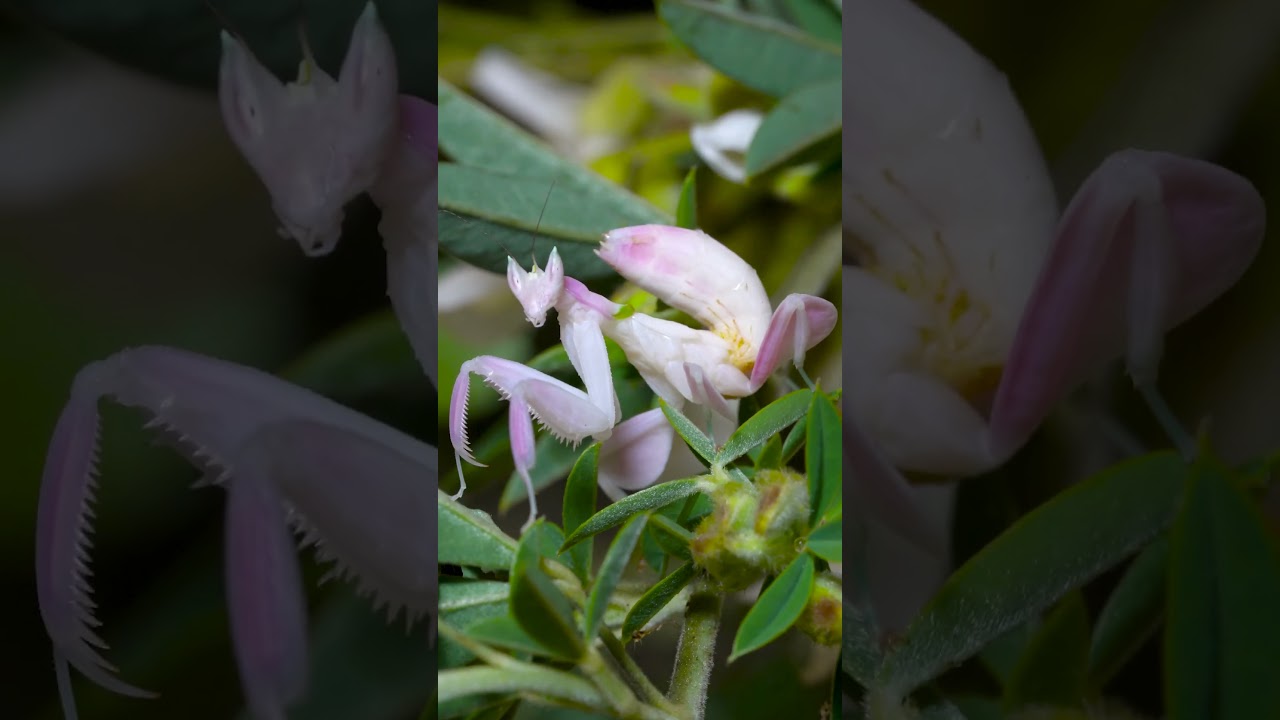- Understanding the Biology and Behavior of Walking Flowers
- The Role of Walking Flowers in Their Ecosystem
- Management and Conservation Efforts in Wildlife Reserves
- Challenges and Innovations in Zoo Management for Species Like Walking Flowers
- Educational and Conservation Significance of Walking Flowers
Walking flowers, or orchids with an exceptional movement characteristic, capture the imagination of both scientists and nature enthusiasts. Their fascinating attributes extend beyond aesthetics, venturing into unique biological phenomena that influence local ecosystems and conservation efforts. This article will explore the biology, ecological roles, conservation management, challenges faced in zoological gardens, and educational significance of these plants.
Understanding the Biology and Behavior of Walking Flowers
Walking flowers exhibit a fascinating movement called thigmonasty, a response to touch or vibration. This movement serves as a defense mechanism against herbivores and influences how they interact with their environment. Composed primarily of bio-mechanical structures that allow flexibility and subtle motion, walking flowers have evolved this behavior to adapt and thrive in diverse habitats.
These orchids employ a symbiotic relationship with mycorrhizal fungi to obtain nutrients, showcasing the intricate web of biological interactions within plant communities. Their reproductive strategies, involving mimicry and deception, attract pollinators by imitating the appearance of female insects, thus ensuring successful pollination.
The Role of Walking Flowers in Their Ecosystem
Walking flowers are crucial to their ecosystems, influencing the biodiversity of their surroundings. By contributing to a balanced habitat, they attract specific pollinators, which in turn support other plant species’ propagation. This interaction enhances genetic diversity within the plant community, underpinning ecosystem resilience and stability.
These orchids also serve as bioindicators, reflecting the health of their environment. A decline in their population often signals ecological disturbances, offering early warnings for conservationists to address potential threats. Their presence can indicate a well-preserved habitat with necessary nutrients and favorable climatic conditions.
Management and Conservation Efforts in Wildlife Reserves
Conserving walking flowers involves protecting their natural habitats from deforestation, climate change, and human encroachment. Wildlife reserves implement strategies like habitat restoration and protection, promoting native flora and controlling invasive species. These measures are essential for sustaining the diverse ecosystems that support walking flowers.
Conservationists work to reintroduce these orchids into their original habitats after rehabilitation and cultivation in controlled environments. By propagating them in botanical gardens and research facilities, scientists ensure genetic diversity and resilience against environmental changes and diseases.
Challenges and Innovations in Zoo Management for Species Like Walking Flowers
Zoo management faces challenges in cultivating and maintaining walking flowers, including climate control, disease management, and replication of natural conditions. Innovative approaches include the use of greenhouses with controlled humidity and temperature, mimicking the orchids’ natural habitat.
Collaborative research initiatives help zoos develop effective cultivation techniques and share best practices. Advanced technologies like AI-driven climate control systems and soil sensors contribute to maintaining optimal growth conditions. Innovations in genetic studies enable the understanding of their adaptability and resilience.
Educational and Conservation Significance of Walking Flowers
Educational initiatives highlight the ecological aspects and conservation requirements of walking flowers. Zoos and botanical gardens offer interactive exhibits and workshops, enlightening visitors about the importance of preserving these unique orchids.
These programs aim to spark interest in biodiversity and inspire active participation in conservation efforts. By engaging the public with the beauty and ecological role of walking flowers, educational efforts promote an understanding of the interconnectedness of ecosystems and the critical need for their protection.
Walking flowers exemplify the enchanting complexity of nature. Through scientific exploration, management efforts, and educational initiatives, these orchids continue to capture attention, emphasizing the importance of preserving our planet’s diverse flora. Their study enriches our understanding of biodiversity, offering a glimpse into the delicate balance that sustains the natural world.
*****
Source Description
Orchid mantises are experts at the art of mimicry and blend perfectly into their surroundings, making it a little bit easier to snatch up unsuspecting prey like crickets or moths. These petal-like predators are native to the rainforests of Southeast Asia, and can change colors by detecting the light and humidity in their surroundings.
#orchidmantis #mayflowers #sandiegozoo
Facebook – https://www.facebook.com/SanDiegoZoo/
Instagram – https://www.instagram.com/sandiegozoo/
Twitter – https://twitter.com/sandiegozoo
Giphy – https://giphy.com/sandiegozoo
TikTok – https://www.tiktok.com/@sandiegozoo
Twitch – https://www.twitch.tv/sandiegozoo


